Digital twin technology creates a virtual replica of a physical machine or system, allowing engineers to test, monitor, and optimize performance before anything is built. In the context of custom machine design, this means every component, motion, and system behavior can be simulated and refined in a digital environment long before materials are cut or assembled.
By integrating real-time data and physics-based modeling, digital twins provide a live feedback loop between the virtual and physical versions of a machine. This not only streamlines production but also helps identify potential issues early in the design phase – saving both time and money.
How Digital Twins Transform Custom Machine Design
In traditional design workflows, building and testing prototypes can be one of the most time-consuming and costly stages of development. Digital twins are changing that. With a digital twin, teams can:
- Visualize machine performance before production begins.
- Test multiple configurations without fabricating multiple prototypes
- Identify inefficiencies or risks during the design stage
- Optimize performance parameters in real time as simulations evolve
This iterative approach gives engineers the freedom to innovate without the constraints of physical testing at every step – something especially valuable in custom machine design, where no two systems are identical.
Reducing Time to Production
Every day saved in the development process means a faster route to production and profitability. Digital twin technology accelerates this timeline by enabling concurrent design, simulation, and validation. Instead of waiting for physical builds, engineers can:
- Virtually commission machines before hardware arrives
- Predict performance outcomes with high accuracy
- Troubleshot control systems using digital models that mirror real-world conditions
This forward-thinking method minimizes costly rework during fabrication and installation – one of the biggest challenges in custom machine design. It also ensures that the transition from concept to production is smoother, with fewer surprises on the manufacturing floor.
Real-World Benefits for Manufacturers
For manufacturers and system integrators, adopting digital twin technology brings measurable advantages:
- Faster commissioning: Machine control systems are tested virtually before reaching the factory floor.
- Reduced downtime: Predictive maintenance insights from the twin help plan interventions before failures occur.
- Improved collaboration: Designers, engineers, and operators can work from the same digital model.
- Higher quality assurance: Virtual validation ensures precision and performance before production starts.
Ultimately, digital twins are not just about speed, but about confidence. Teams can make informed decisions backed by data, not assumptions.
Why It Matters for the Future of Custom Machine Design
As industries move toward smart manufacturing, the combination of automation, data analytics, and simulation tools is reshaping the role of design engineering. Digital twins are the bridge between these technologies. In the coming years, companies that embrace digital twin integration will see:
- Shorter design-to-production cycles
- Better adaptability to design changes or customer requests
- Stronger alignment with Industry 4.0 and IoT strategies
By embedding this approach within the custom machines design, businesses position themselves at the forefront of innovation – ready to meet the growing demand for efficiency, flexibility, and precision in modern manufacturing.
AHE Automation: Expert Custom Machine Design
AHE Automation has built a reputation for engineering excellence and forward-thinking design. With decades of experience in custom automation systems, our team understands how emerging technologies like digital twins can transform the way machines are developed, tested, and deployed.
Contact us at AHE Automation to learn more about how our team can help you create smarter, faster, and more efficient custom machine designs.
